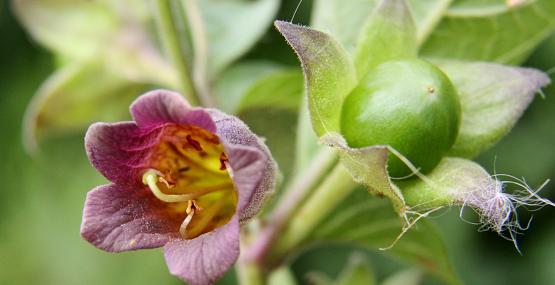The poisonous nature of Deadly Nightshade is famous: its shiny black berries are perhaps a temptation to children, but fatal in even small doses. Found mainly on chalky and limestone soils, particularly on recently disturbed ground, this bushy perennial has bell-shaped flowers that appear from June to August.
Despite its poisonous nature, especially for humans and some mammals, Deadly Nightshade is still a useful plant for wildlife with certain species being unaffected by its toxins. The Wildlife Trusts manage many nature reserves for the benefit of all kinds of wildlife, including many different species of plants. But these precious sites are under threat from development, intensive agricultural practices and climate change. You can help by supporting your local Trust and becoming a member; you'll find out about exciting wildlife happenings, events on your doorstep and volunteering opportunities, and be helping local wildlife along the way.
